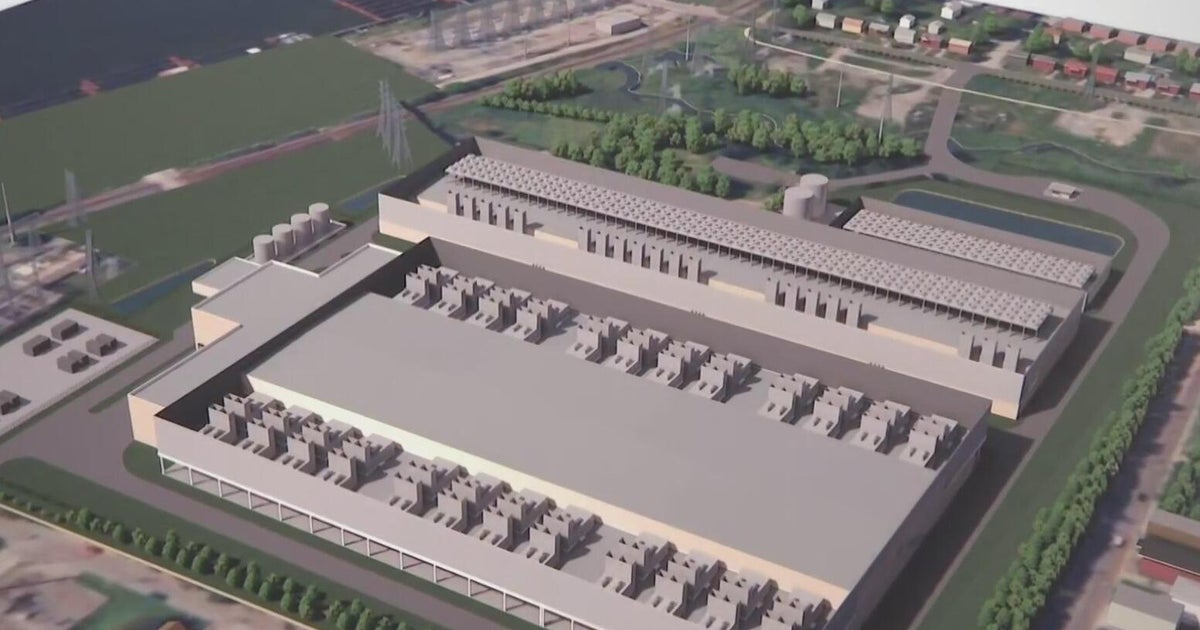Amid calls from propoents saying the Pittsburgh region has all the assets to become a center for the development of artificical intelligence, proposed data centers are getting pushback over environments impacts and energy costs.
Wyatt Weston is in the middle of 18-week welding course at a Steamfitters Local 449 technology center in Harmony. He sees a bright future ahead constructing the infrastructure for AI.
“These big data centers coming in and these natural gas plants being built,” Weston said. “[Artifical intelligence] is taking over here in the future. That’s what it is, the future.”
Combining the technological know-how of Carnegie Mellon University and the University of Pittsburgh with the vast resources of natural gas, proponents say the Pittsburgh region can redevelop abandoned industrial sites into data centers to provide AI companies the needed computing capacity.
“There’s no better area than western Pennsylvania poised to do this. It should be the Silicon Valley for artificial intelligence,” Steamfitters Union President Ken Broadbent said.
Broadbent says the region has all the assets to create a thriving AI economy, including the engineers to develop it and the construction workers to build and maintain it.
“Use the natural gas, use our brain power,” Broadbent said. “Our workforce in western Pennsylvania is second to none. The building trades can build anything. We’ve got to get moving.”
But in this heady rush to the future, others are saying not so fast. Proposed data centers in Stowe Townshp and in Springdale Borough are getting pushback from residents concerned about noise, pollution and the use of vast quantities of water to cool the plants.
While developers say their construction will bring both jobs and tax revenue, they’re facing opposition across the state and have been bringing out large crowds in Springdale, where residents are protesting the conversion of the recently razed power plant site.
“I don’t think it’s right the way they treat the people who live in this community. But guess what, we’re going to keep fighting,” Springdale resident Sharon Spark said.
The other big concern is the massive amount of electricity needed to power the centers. While their construction will be a boom to natural gas companies, the prospect of more fracking has sparked a new debate with environmentalists. The United States is projected to need more than double its current energy output to power AI in the next five years. It’s not clear how much of that cost will be borne by AI companies or the public.
“Should we be paying increased fees for electricity doing the same thing we’d done for years just because there’s more demand for more electricity from this new industry? That doesn’t strike me as fair,” said Matt Mehalik, executive director of The Breath Project.
Others worry that besides doubling their heating bill, AI is going to put them out of a job. While the initial ramp up will mean thousands of construction jobs, AI centers only employ a few hundred people to operate, and AI start-ups are generally reserved computer scientists. Whether AI will create new kinds of employment remains to be seen, but Broadbent says if the region doesn’t do it, others will.
“You got to embrace technology ’cause you’re not going to stop it,” Broadbent said. “You want to stay on top of things. You got to change with technology and adapt.”

